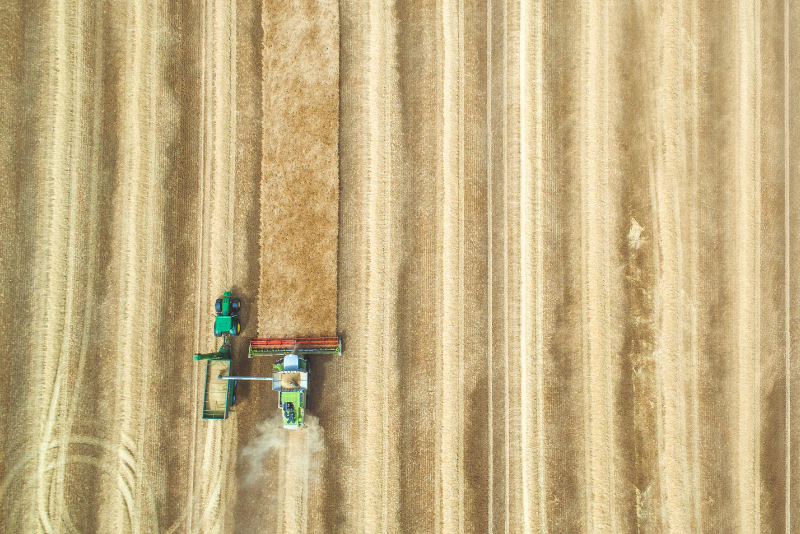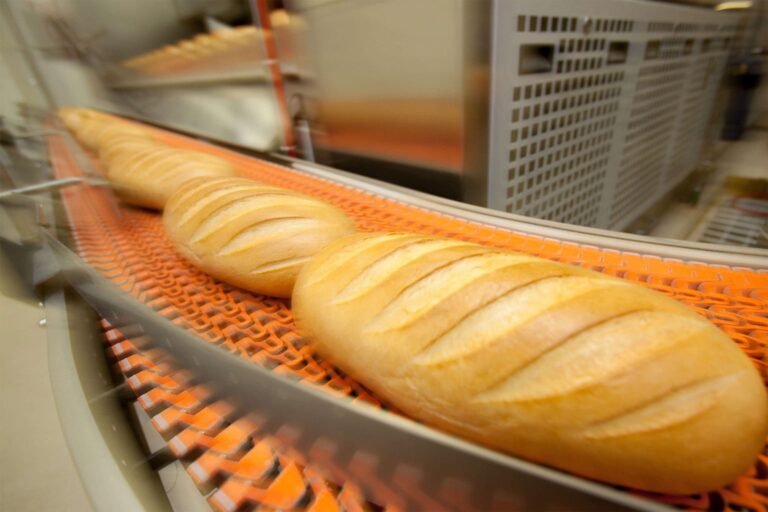Meanwhile, ingredient suppliers are having struggles of their own. The overall market volatility is also impacting some ingredient suppliers’ pricing strategies. In fact, Corbion has shifted to a three-month negotiation cycle for many accounts.
“Raw materials are incredibly difficult right now, particularly when trying to predict the future,” said Mark Hotze, VP, North America, for Corbion. “For our commodity inputs like flour and soybean oil, some suppliers can’t even provide a quote for 2022.”
“We are working with customers to get creative in how we manage these things, including adjustments on a much more frequent basis. It’s more work for us in the short term, but we are trying to provide as much relief to customers as possible.”
The impact of shortages for even the smallest item is has created a ripple effect that few could have predicted. And just as one ingredient prevents a baker from making a product, one shortage can set off a chain of events that could stop equipment production in its tracks.
For example, shortages and price increases for films and other packaging materials don’t just prevent the baker from packaging and shipping product. It’s also impacting packaging equipment manufacturers’ ability to complete new installations.
“When we start a project, we provide speeds and capacity based on assumptions, and the first thing we tell them is to identify the film supplier so they can develop a sample product,” said Dennis Gunnell, president of Formost Fuji Corp.
But if the film supplier is backlogged, the baker can’t develop samples, and the equipment can only be built based on those initial assumptions. It extends the equipment’s lead time and risks setbacks should the product configuration not be compatible with the machine.
Then again, if all goes perfectly on the equipment side, a packaging machine with no film is rendered useless, and it sits unused, either with the manufacturer or in the bakery.
“We need to get it out of our facility because our production floor is swamped,” Gunnell said. “But many customers don’t have the space, especially in new facilities that are dealing with setbacks from structural steel shortages.”
As the industry fights to anticipate where the next setbacks will come from — and who they will hit hardest — companies at every point of the supply chain are strategizing as best they can.
“We can talk ad nauseum about all our similar problems, but we need to identify what the next steps will be to get us back where we were,” Gunnell said.
But the stark reality is that there’s likely no going back. All manufacturers need to regroup and create a “new” new normal.
Up next, the group looks at how strategies, relationships and resource options are changing go-to-market strategies in the midst of disruption, and they weigh in on what the future holds.










